Engineered vs. Laminate Flooring
What is the difference between engineered and laminate flooring?
These two terms have been around for quite a while yet there remains confusion about the difference between the two. The confusion likely comes from the furniture industry where wood laminates have been used in furniture construction for more than a century. Cheaper, more easily obtained woods were covered with a thin layer of expensive, more difficult to obtain hardwood. This makes for less expensive furniture with nearly the same look as furniture made from solid wood.
Laminate Flooring
Unfortunately, the term “laminate” when it comes to flooring is completely different from laminate (or veneer) furniture. In fact, laminate flooring often contains no wood at all. The typical laminate flooring contains 4 or 5 layers:
1. A wear layer, typically transparent, over the visual or texture layer to protect it.
2. An optional texture layer.
3. The visual layer, a printed image on top of the core
4. The core, the main structure of the flooring
5. A pad on the bottom
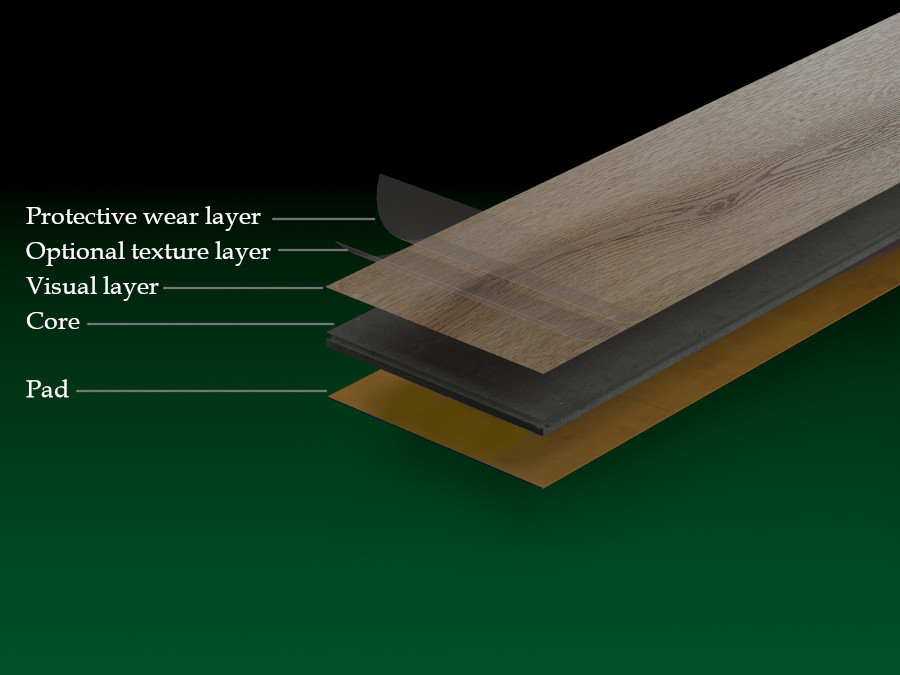
Laminate flooring is not wood flooring. The “tell” for laminate flooring is usually a repeating pattern, a cooler touch and more clicky sound.
Engineered Flooring
The defining nature of engineered flooring is its multi layer construction. The top layer will be the species that defines the flooring, oak, maple, hickory, etc. Like furniture made this way, engineered flooring is generally less expensive than it’s solid relative. However, engineered flooring also has qualities we cannot get in solid wood flooring. These include greater dimensional stability and greater availability of wider planks. These two qualities can often tip the scale in favor of engineered flooring in any given installation.
Engineered flooring is real wood flooring. It is made up of several layers of less expensive woods with a final top layer of fine hardwood. The wood layers that make up engineered flooring have their grain running in different direction, just like plywood. This construction gives engineered flooring its greater dimensional stability. Areas that see a wider range of humidity will benefit from this enhanced stability.
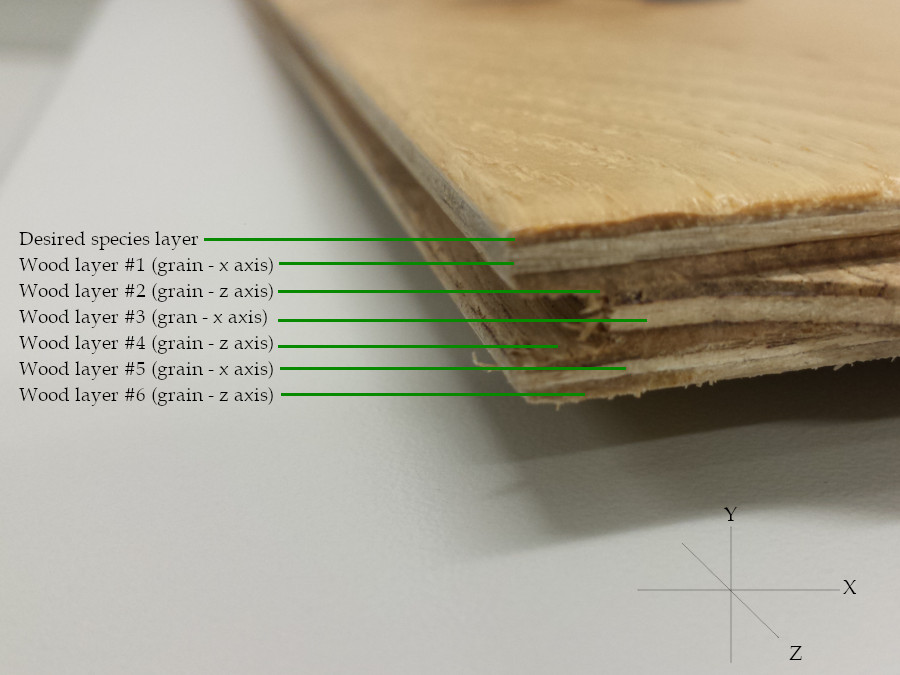
Once installed, it is nearly impossible to tell the difference between solid and engineered flooring. Often engineered flooring has a smaller bevel on its plank edges compared to solid wood flooring. Generally speaking, flooring planks over 5” in width are likely to be engineered. Engineered flooring has the same warmth and sound as solid flooring when correctly installed. One deal breaker for some people is the fact that engineered flooring cannot, in most cases, be refinished.
Always talk with your local flooring dealer and/or flooring expert when deciding which flooring, engineered vs. laminate, will work best for you – WoodHouse Flooring.



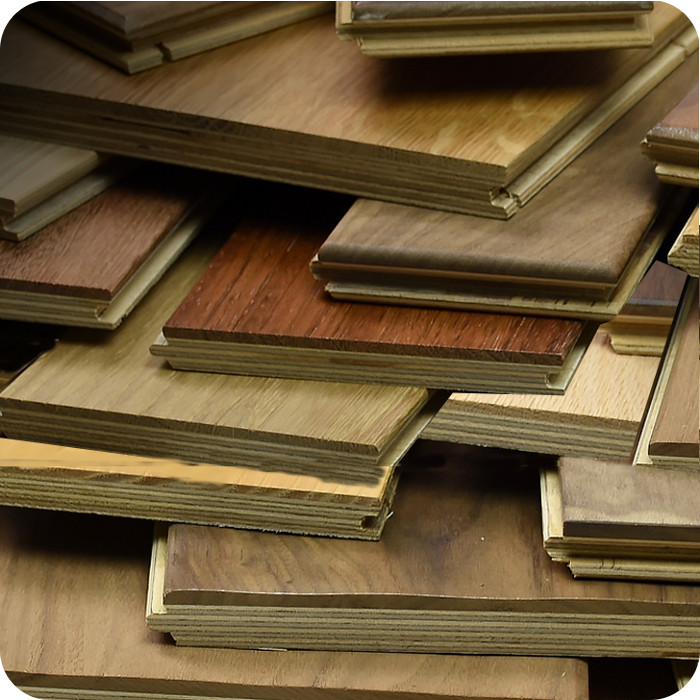
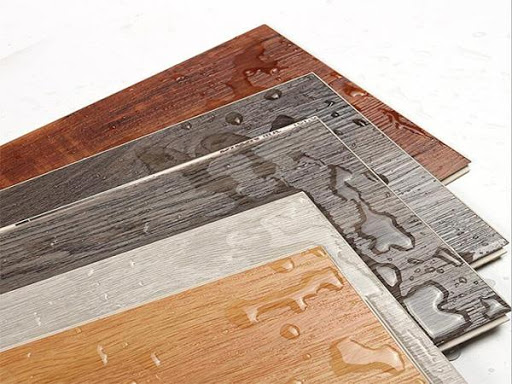
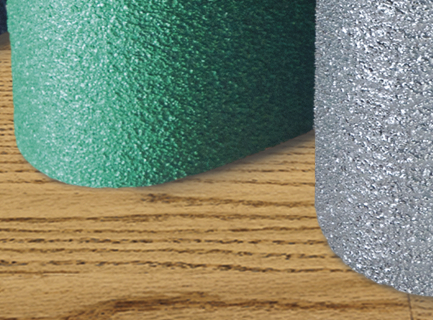
About The Author: Denverhardwood
More posts by denverhardwood